1,700-Year-Old Egg Holds Something Extremely Rare Inside
What came first: the chicken or the egg? Sure, it’s a paradoxical question, but there is no doubt that chickens lay eggs that hatch into chickens. But what if that egg never hatched?
New research shows that an intact chicken egg laid nearly 1,700 years ago. But what is inside the preserved egg is what makes it one of a kind.
Discovering the Egg
Discovered in Britain’s Buckinghamshire, archaeologists discovered the oldest unintentionally preserved egg in the world. What makes the egg even more interesting is that it is full of its original liquid.
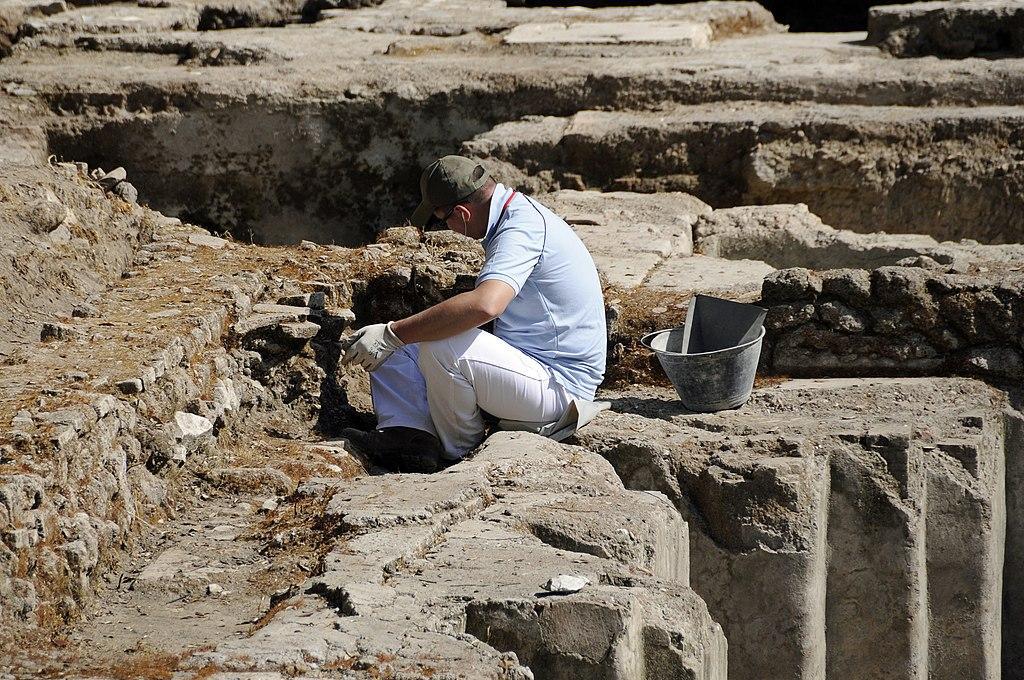
Source: Wikimedia
Archaeologists discovered the egg sometime between 2007 and 2016 before developing the site into the Berryfield housing development in Aylesbury.
A Fascinating Find
“This is the oldest unintentionally preserved avian egg I have ever seen,” says Douglas G.D. Russell, senior curator of birds’ eggs and nests at London’s Natural History Museum (NHM), in a statement to CNN’s Issy Ronald. “That makes it fascinating.”

Source: Wikimedia
But it was what was inside the egg that made the discovery even more impressive.
Beyond the Eggshell
Researchers did not make the findings of the egg public until 2019, and they conducted research on the intact egg in 2023. A micro-CT scan at the University of Kent revealed what was inside the egg.
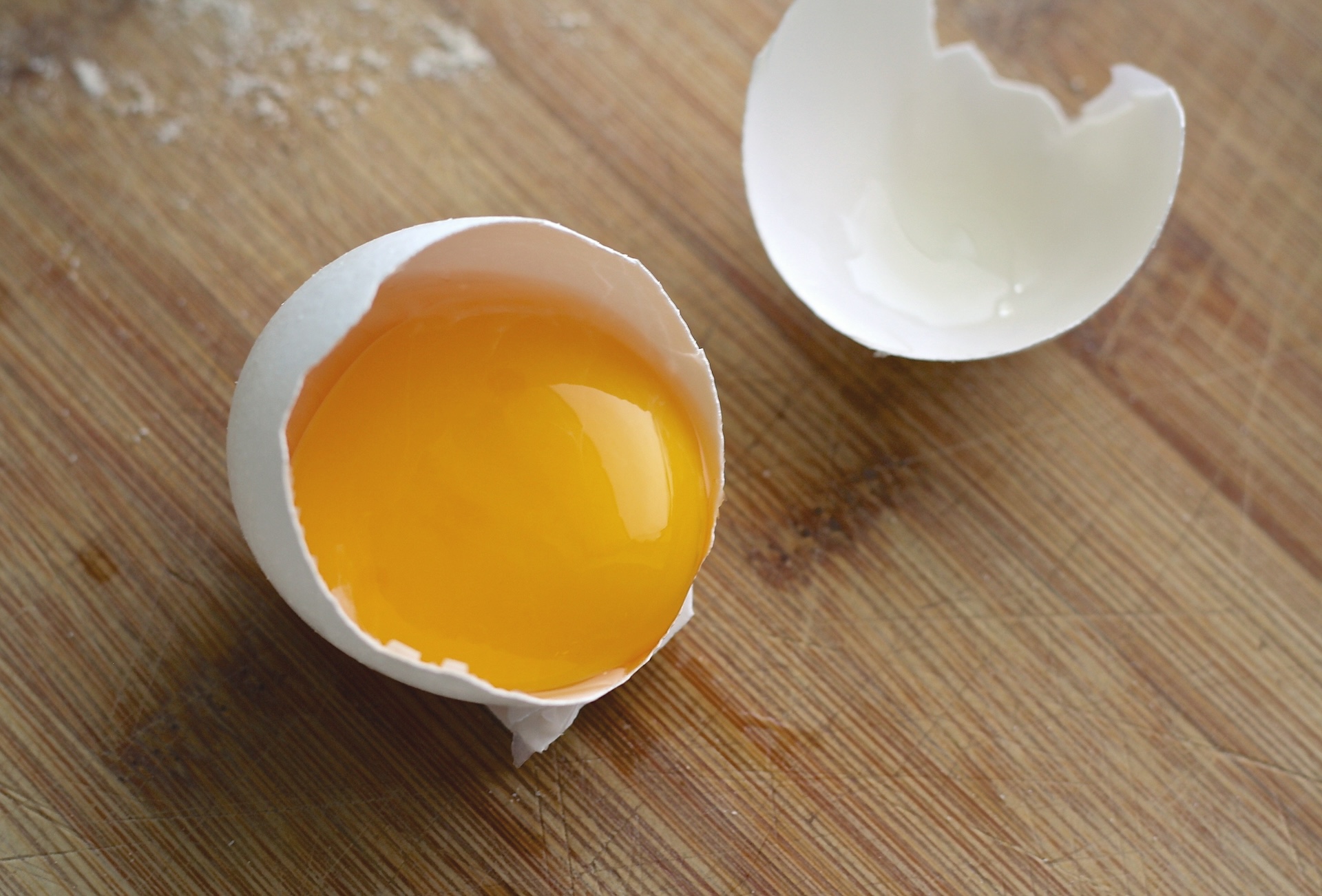
Source: Aline Ponce/Wikimedia Commons
“The fact that the egg still retains its original contents, however, is absolutely incredible,” said Edward Biddulph, senior project manager of Oxford Archaeology, according to the BBC.
Looking Inside the Egg
A team at the University of Kent conducted a can on the egg that produced 3D images. Those images revealed that the egg had retained its liquid interior, a two millennia-old mixture of its yolk and albumen.
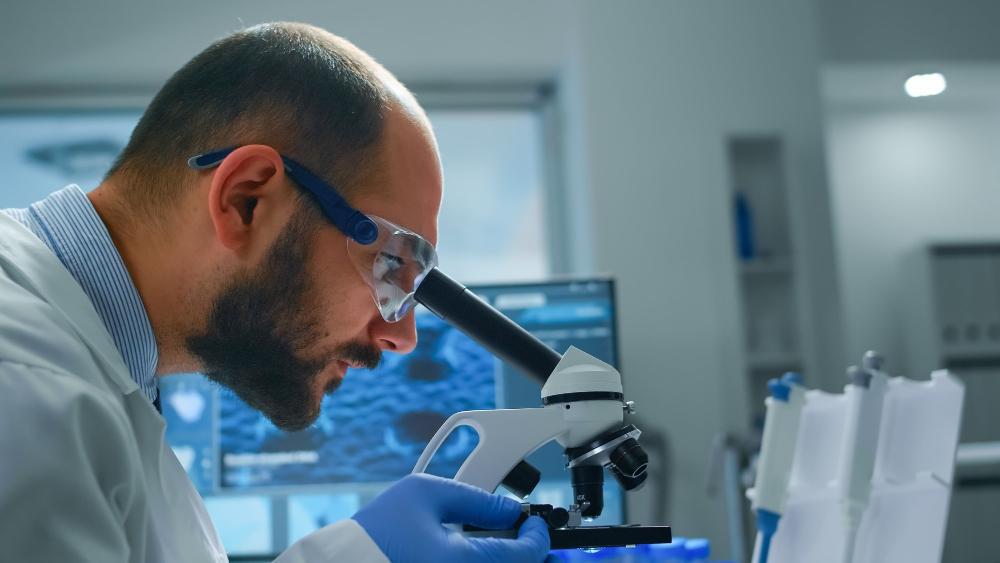
Source: Freepik
Researchers expressed amazement upon discovering that the egg was even rarer than they had previously thought, according to a statement from Buckinghamshire Council.
An Amazing Look Inside
“It produced an amazing image that indicated that the egg, apart from being intact—which is incredible enough—also retained its liquid inside, presumably deriving from the yolk, albumen, etc…” Biddulph said.
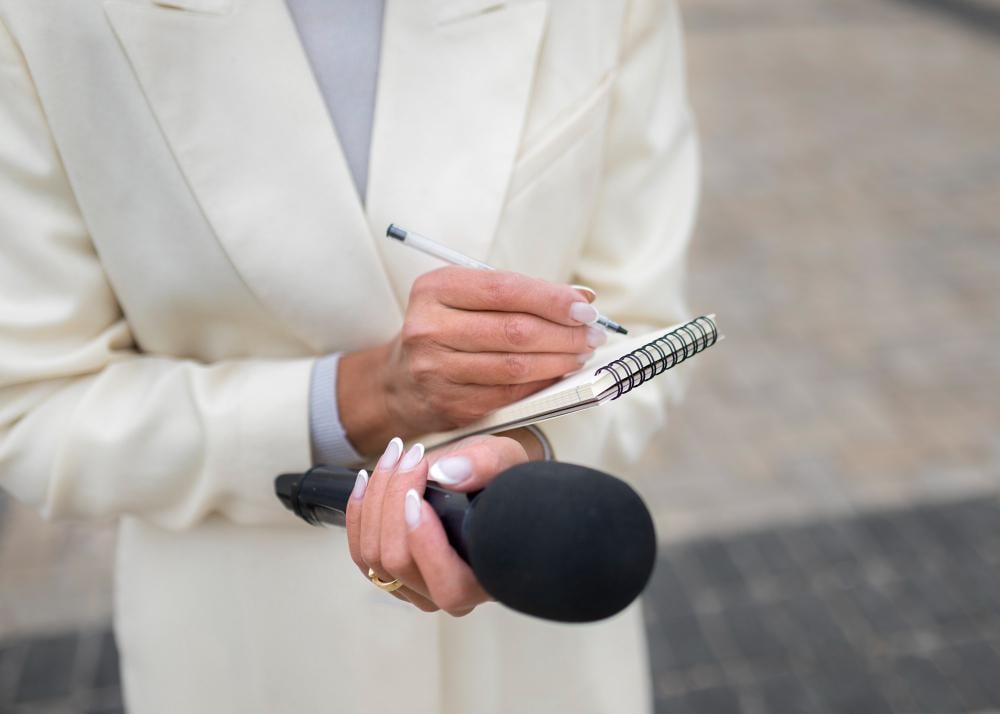
Source: Freepik
“We were absolutely blown away when we saw the contents in there, as we might have expected them to have leeched out,” he noted.
The Oldest Unintentional Preserved Egg
Researchers believe that the egg is at least 1,700 years old, which would make it the oldest unintentionally preserved egg in the world.
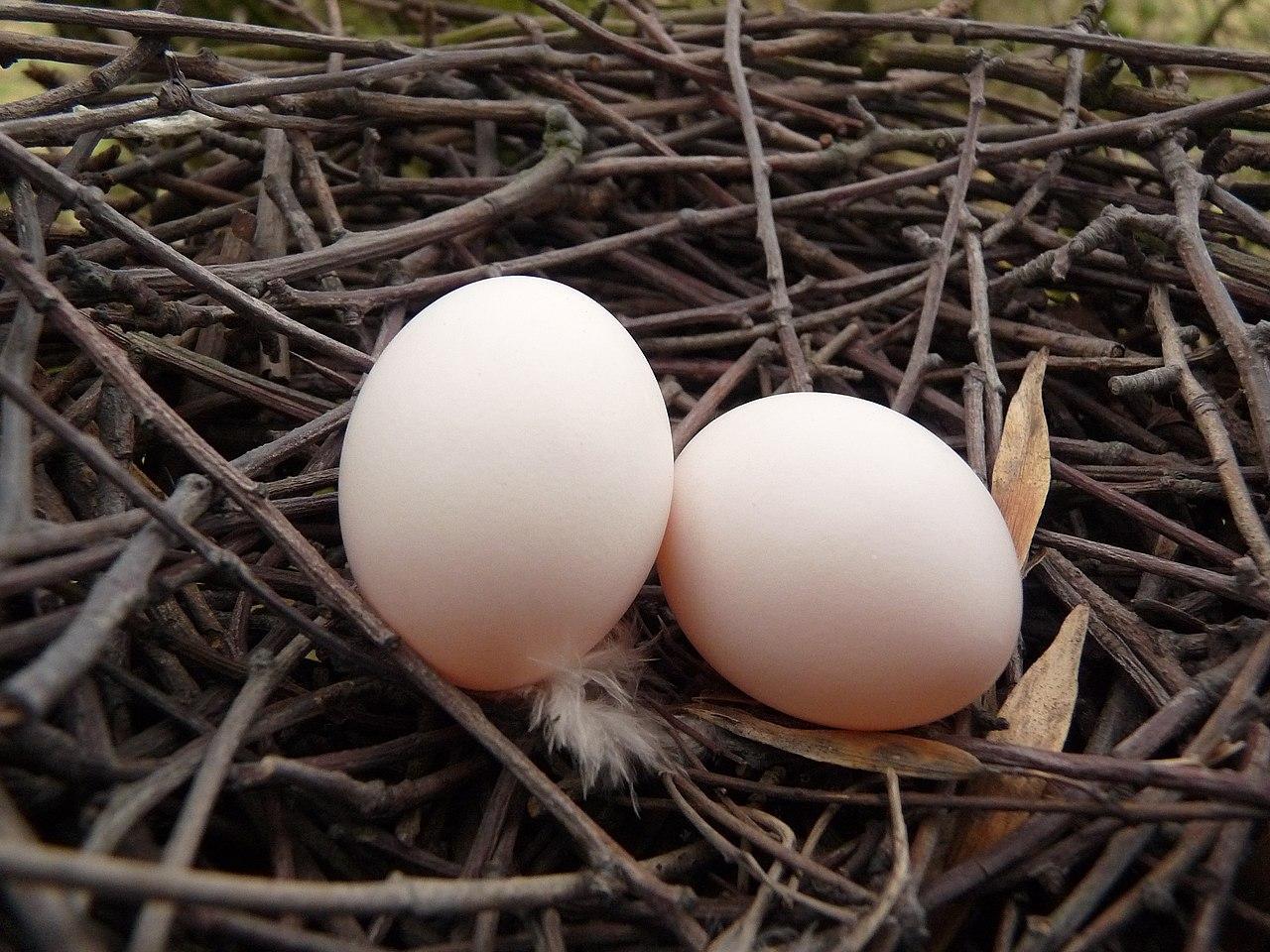
Source: Wikimedia
Other eggs that are just as old (or even older) were intentionally mummified. Some museums display some of the oldest preserved eggs, which originated in ancient Egypt.
The Discovery of the Egg
Archaeologists originally found the egg in a large waterlogged Roman pit that first served for malting and brewing beer before likely becoming a site for offerings. Other objects found in the area include a woven basket, pottery, coins, leather shoes, animal bones, and a cache of speckled eggs.
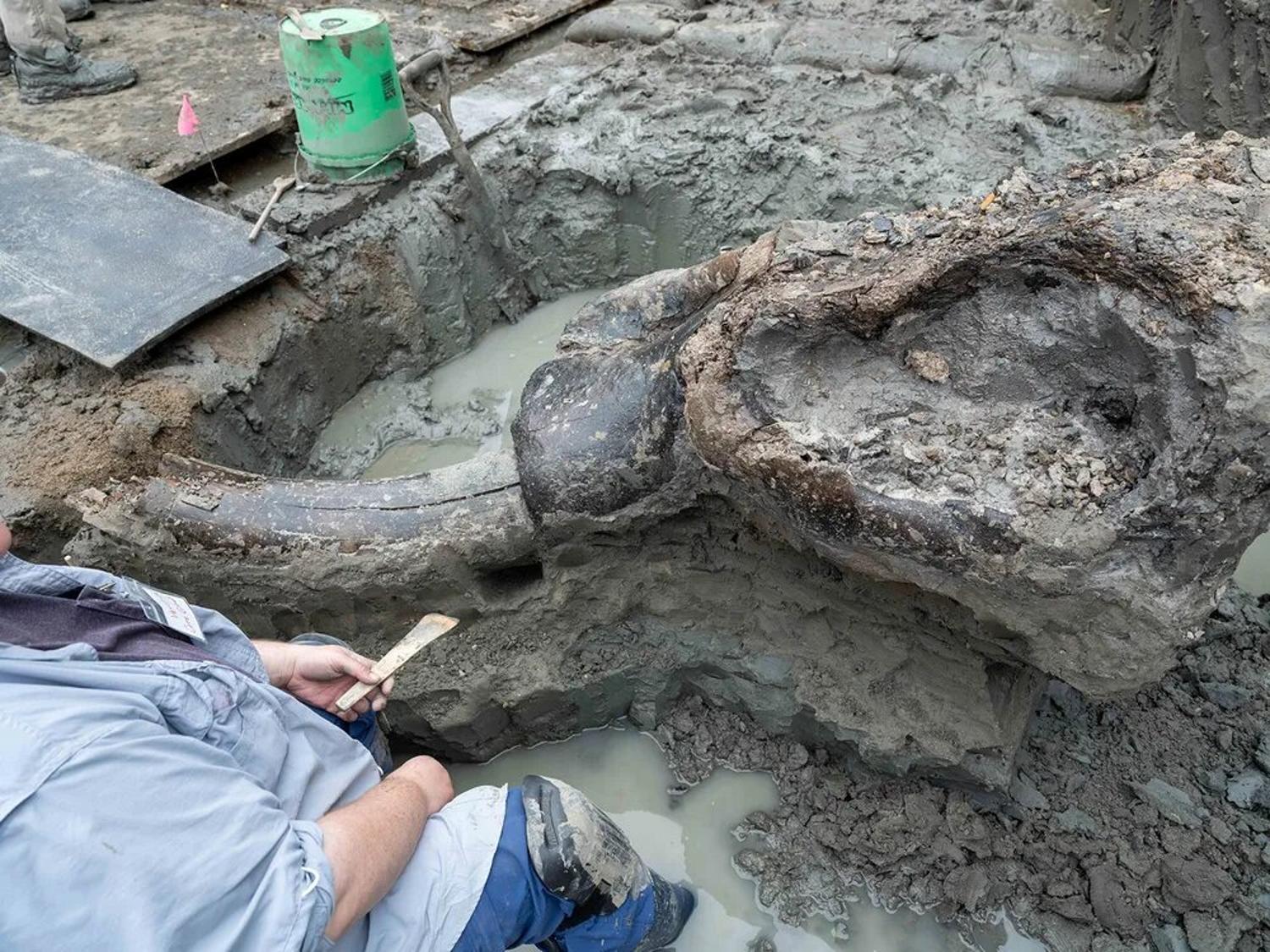
Source: Iowa Archaeology/Facebook
The Buckinghamshire Council deemed the eggs a “rare and exciting find” before researchers could examine what was inside.
Why Was the Egg In a Pit?
Experts believe that someone placed the eggs next to the pit as a votive offering, which involves displaying or depositing objects without the intention of recovering or using them in a sacred place for religious purposes.
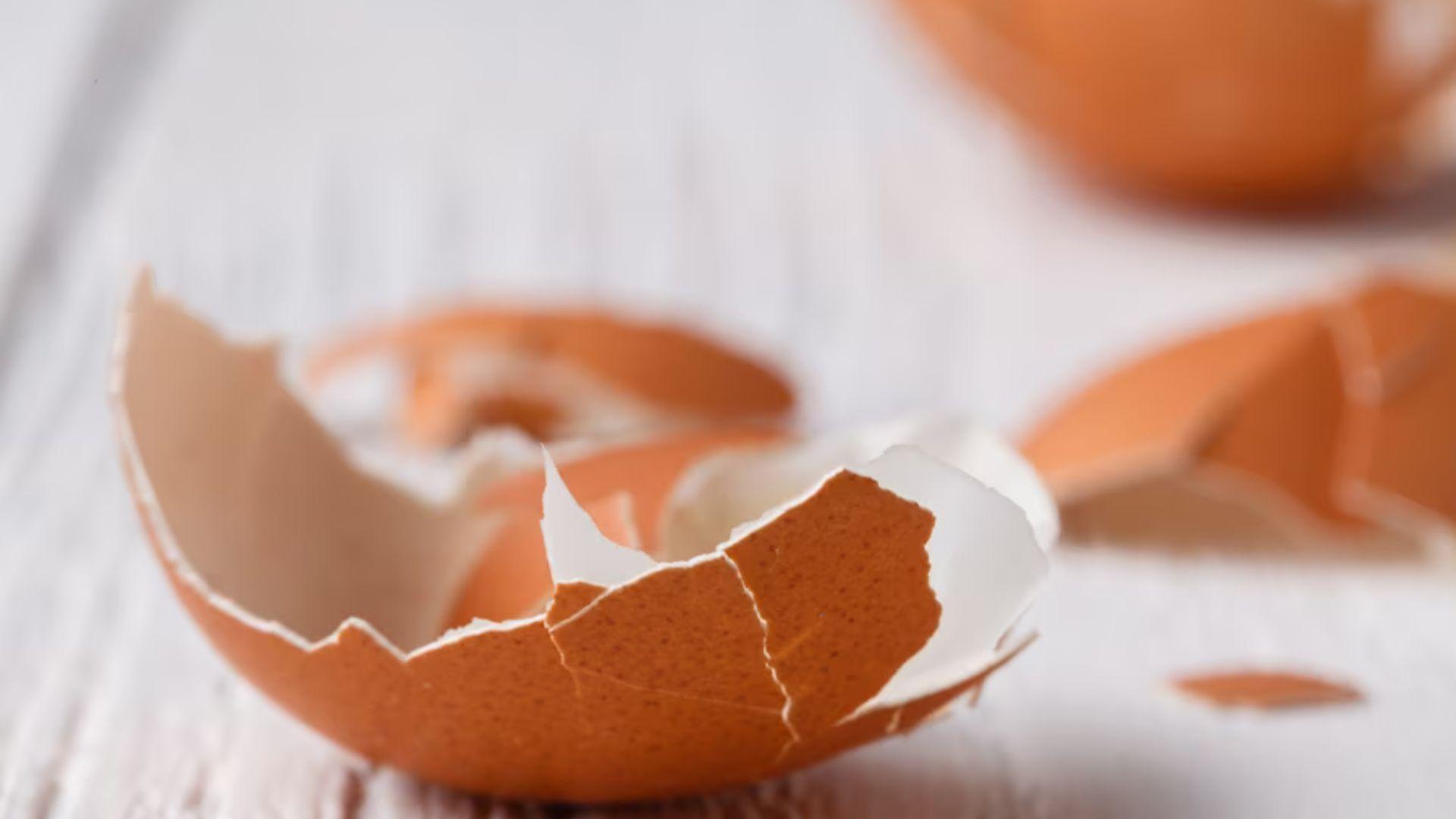
Source: Freepik
Eggs were largely popular in the Roman Empire, but they also represented fertility and rebirth. The Romans may have used eggs often as offerings in religious ceremonies.
The Only Egg to Survive the Excavation
The fragile nature of the eggs proved to be a tricky thing for the excavators. During the dig, three of the eggs broke, producing quite a sulfurous aroma. Just one egg, believed to be a chicken egg, was saved for the study.
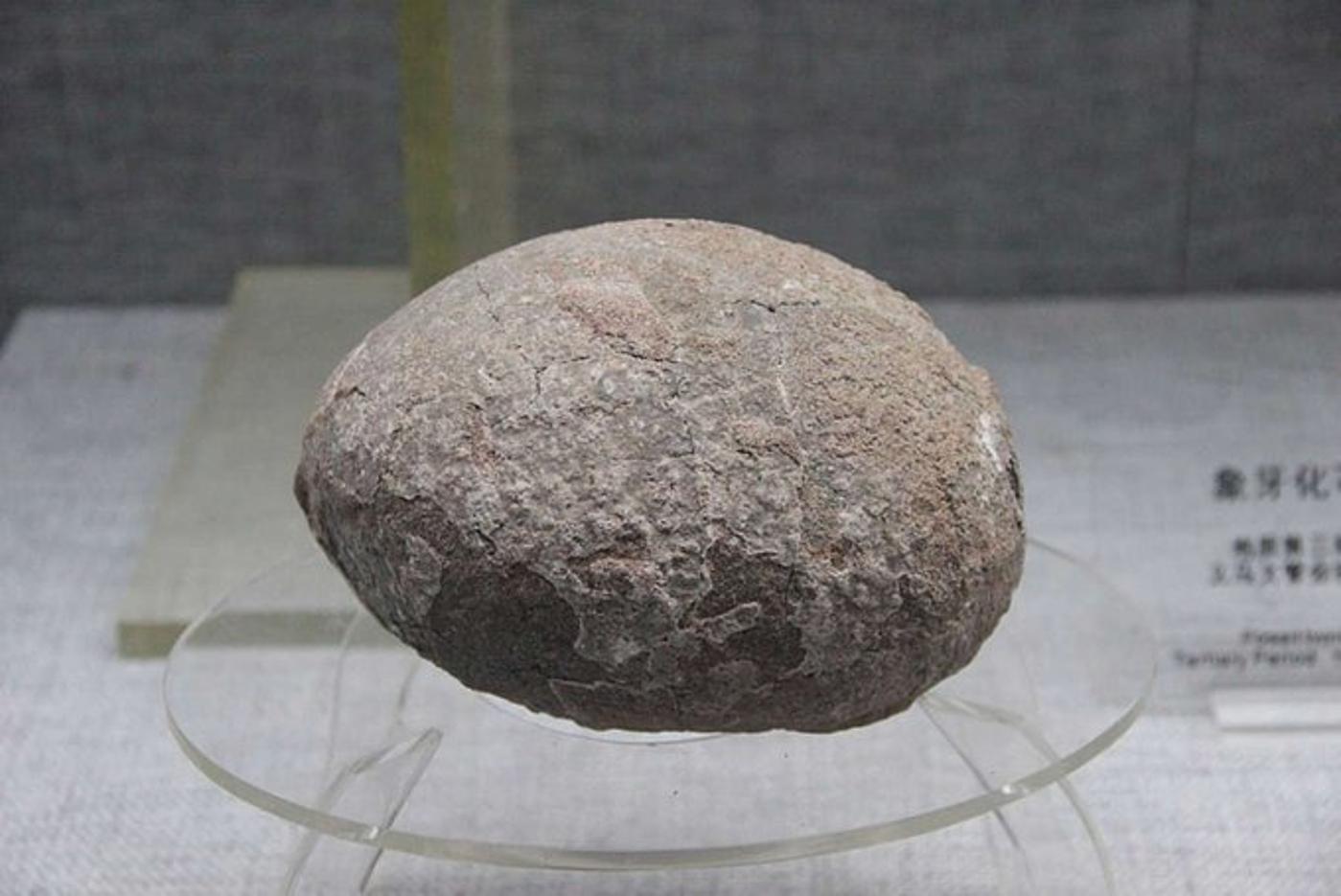
Source: @EarthArchivesHQ/X
“The egg ranks as one of the coolest and most challenging archaeological finds to investigate and conserve,” said Dana Goodburn-Brown, archaeological conservator and materials scientist, according to The Guardian.
Shedding New Light on the Past
“Going forward, it will be very exciting to see if we can use any of the modern imaging and analysis techniques here at the NHM to shed further light on exactly which species laid the egg and its potential archaeological significance,” adds Russell.

Source: Freepik
“There is huge potential for scientific research,” adds Biddulph. “This is the next stage in the life of this remarkable egg.”
The Next Step in the Discovery Process
The Discover Bucks Museum in Aylsbury now houses the egg while conservators develop a plan to extract its contents without compromising the eggshell. According to CNN, Biddulph says that the researchers plan to make a small hole in the shell after creating a 3D model.

Source: Freepik
“It’s a bit like blowing an egg—but obviously a much finer process,” says Biddulph, per BBC News’ Helen Burchell.
